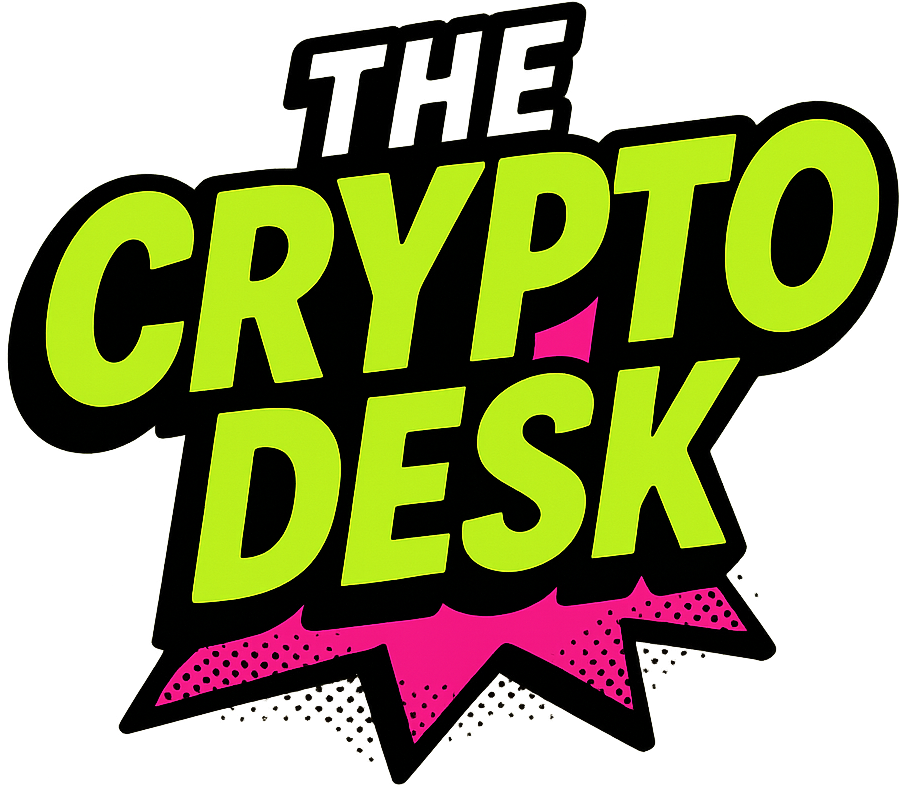Blockchain Gaming: A Tale of Resilience Amidst Challenges
The landscape of blockchain gaming has shown both promise and turbulence in the first quarter of 2025. Though the volume of deals surged, total funding saw a stark drop that has left many analysts scratching their heads. According to the latest findings from DappRadar’s State of Blockchain Gaming report, Web3 gaming projects raised only $91 million this quarter. This represents a concerning 71% decrease from the previous quarter and a staggering 68% plunge in funding year-over-year. So, what does this mean for the future of blockchain gaming?
📈 A Curious Case of Increased Deal Volume
While the decline in funding is alarming, investor activity tells a more nuanced story. The report indicates a surprising 35% increase in the number of closed deals quarter-over-quarter. DappRadar analyst Sara Gherghelas explains this shift reflects a strategic pivot among investors—eager to explore a broader spectrum of opportunities, albeit with smaller investments. “Investors are still interested, but they’re deploying funds more cautiously,” she observes. This cautiousness underscores the need for startups to demonstrate scalability and foundational strength in their offerings.
🏗️ Infrastructure Investments Take Center Stage
A significant portion of Q1 funding has gravitated toward infrastructure-related blockchain gaming projects. Investors are keen to back technologies that promise long-term growth for the Web3 ecosystem. Gherghelas emphasizes that this trend reveals persistent confidence in the future of blockchain gaming, even as broader funding dynamics remain challenging. This indicates that while immediate capital may be harder to come by, there is an underlying belief in the sector’s potential.
📌 Why This Matters
The current state of blockchain gaming signifies a critical juncture for the industry. While funding has seen a sharp downturn, the increase in deal volume suggests an ongoing interest in the sector. This juxtaposition serves as a reminder of the volatility of the crypto markets and the importance of adaptability among startups. For investors and developers alike, understanding these dynamics is crucial for navigating the evolving landscape.
🌍 Web3 Gaming: Emerging Trends and Standout Projects
Among the noteworthy projects making waves in Q1 2025, South Korea’s MARBLEX and Dubai-based The Game Company are leading the charge. MARBLEX, which is the gaming blockchain arm of Netmarble, is innovating with a Semi-Publishing Model aimed at supporting a diverse array of Web3 titles, underpinned by a robust $20 million joint fund with Immutable. Meanwhile, The Game Company has secured $10 million to construct an ambitious cloud gaming platform, allowing gamers to enjoy titles across devices with the help of blockchain technology.
🔥 Expert Opinions: Navigating Industry Headwinds
Despite the uptick in deal volume, the broader blockchain gaming ecosystem is facing headwinds. Just last month, members of the Arbitrum decentralized autonomous organization (DAO) voted to retract funds previously allocated to its gaming ecosystem initiative, citing a lack of transparency and progress from project administrators. Similarly, ZKsync announced the discontinuation of its liquidity rewards initiative due to unfavorable market conditions. These developments highlight the challenges faced not only by startups but also established players in the space.
🚀 Future Outlook: The Path Ahead
Despite the current struggles, it’s essential to note that January 2025 witnessed a remarkable resurgence in on-chain activity, with the sector recording over 7 million unique active wallets daily—a 386% year-over-year increase! Networks like OpBNB and Matchain emerged as frontrunners, while Polygon experienced a phenomenal spike in gaming activity, doubling since the previous month. As platforms like Telegram also capture a sizable share of new game launches, it’s clear that developers are adapting and leveraging innovative approaches to engage users.
🗣️ Concluding Thoughts: What’s Next for Blockchain Gaming?
As we look forward, the landscape of blockchain gaming is both uncertain and ripe with opportunity. While current funding challenges put pressure on startups, the continuous interest from investors indicates a resilient core that could emerge stronger. The key question remains: how will startups evolve their strategies in the face of these economic challenges? With foundations being laid for future growth, the world will be watching closely to see how the industry adapts and thrives.
Share your thoughts below! How do you see the future of blockchain gaming unfolding amidst these challenges?

